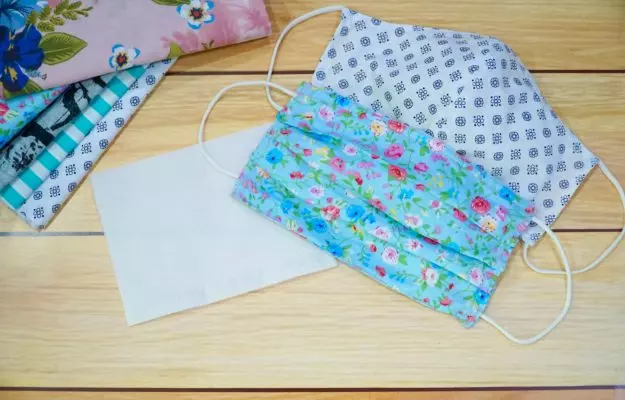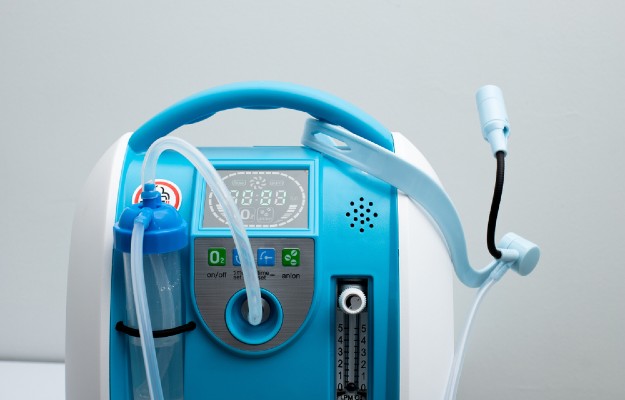The Ministry of Health and Family Welfare on 4 April 2020 issued an advisory recommending the use of "face covers" or homemade, washable and reusable masks, for the general public. These masks are for use by people who haven't contracted the infection and who don't have difficulty breathing, as they offer 70% protection and are easy to wash and reuse (medical masks, which offer 97% protection are single-use masks).
According to the government advisory, everyone who is healthy should wear such a face cover while stepping out of the house during the COVID-19 pandemic. These face covers are recommended in addition to steps like physical distancing and maintaining proper hand hygiene.
As of 4 April 2020, the global outbreak of the new coronavirus infection had led to over a million infections and 50,000 deaths worldwide, bringing the world economy to a standstill as countries grapple with different methods to stop the disease spreading further. India, too, had seen a dramatic rise in the number of cases in late March-early April.
Guidelines issued by the World Health Organization (WHO) and various government agencies include practising physical distancing (changing their terminology from social distancing earlier), maintaining good individual hygiene by frequently cleaning hands with soap or hand sanitizers and wearing masks in public places, remaining indoors as well as enforcing countrywide lockdowns.
Soon after the WHO declared COVID-19 a pandemic on 11 March 2020, items such as hand sanitizers and masks started flying off the shelves in India too. After the government clamped down on any hoarding of hand sanitizers in March, these have become available in chemist shops and Kirana shops. Masks, however, continue to be in short supply - which has also left healthcare workers struggling to keep themselves safe while dealing with infected patients.
In response to this, the Ministry of Science and Technology came up with a novel idea to overcome the shortage of masks for the general public. On 31 March, the Principal Scientific Adviser to the Government of India suggested an innovative solution for making masks at home to counter this shortage.





























